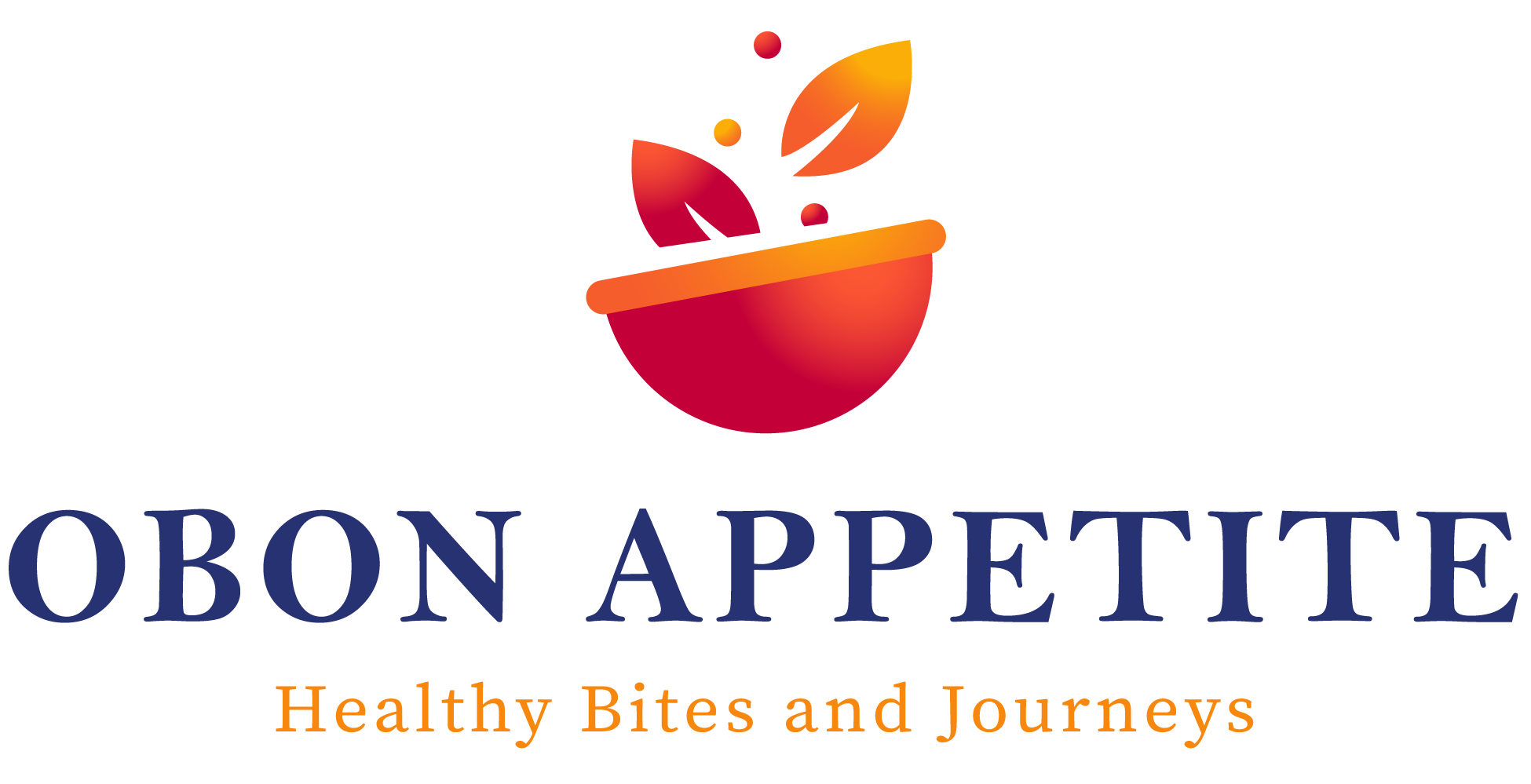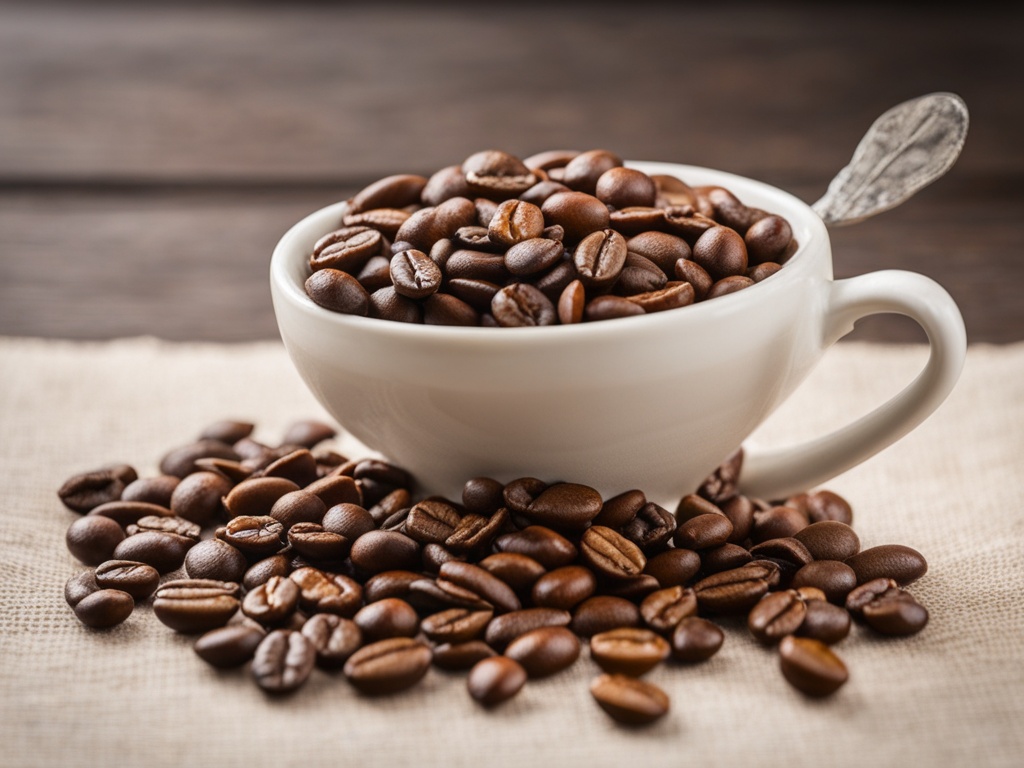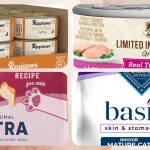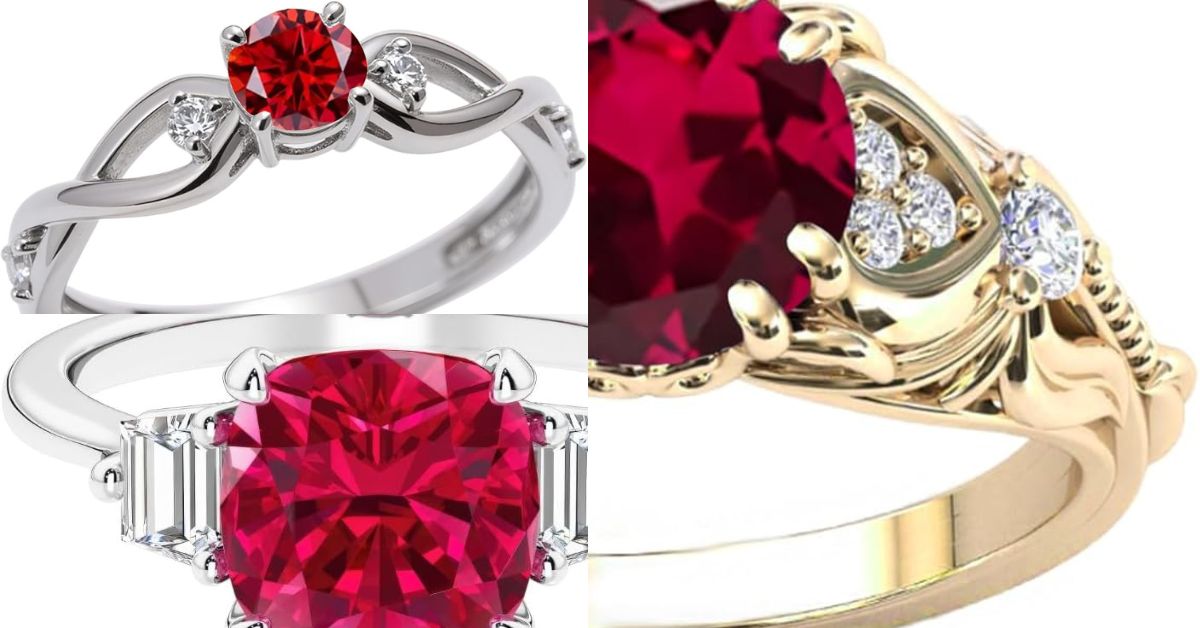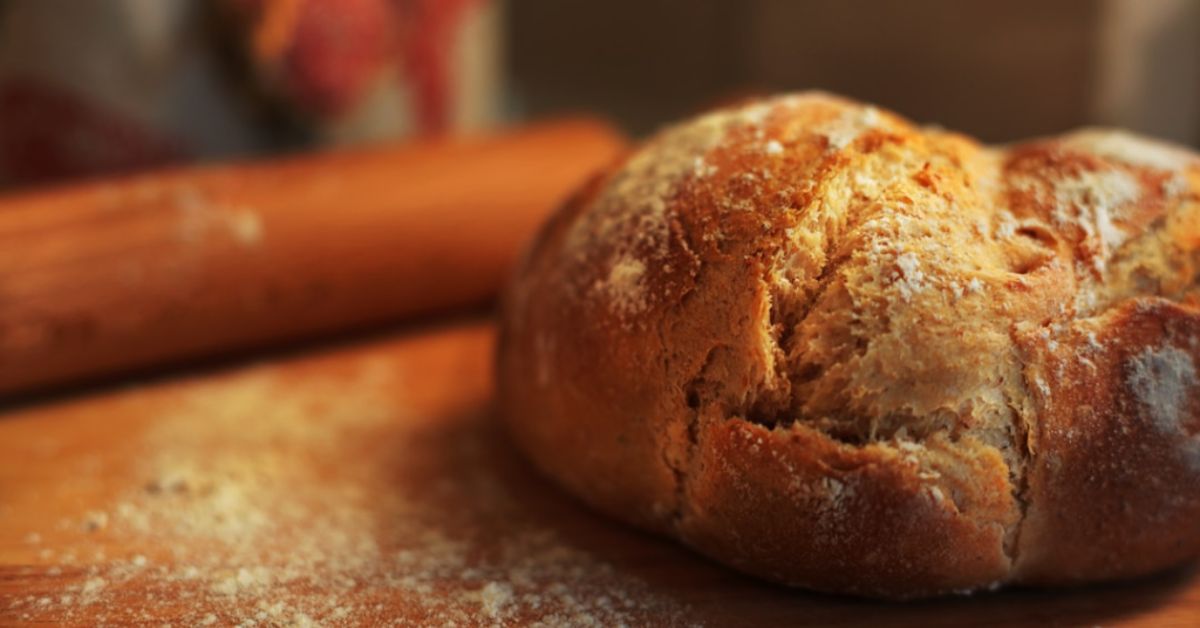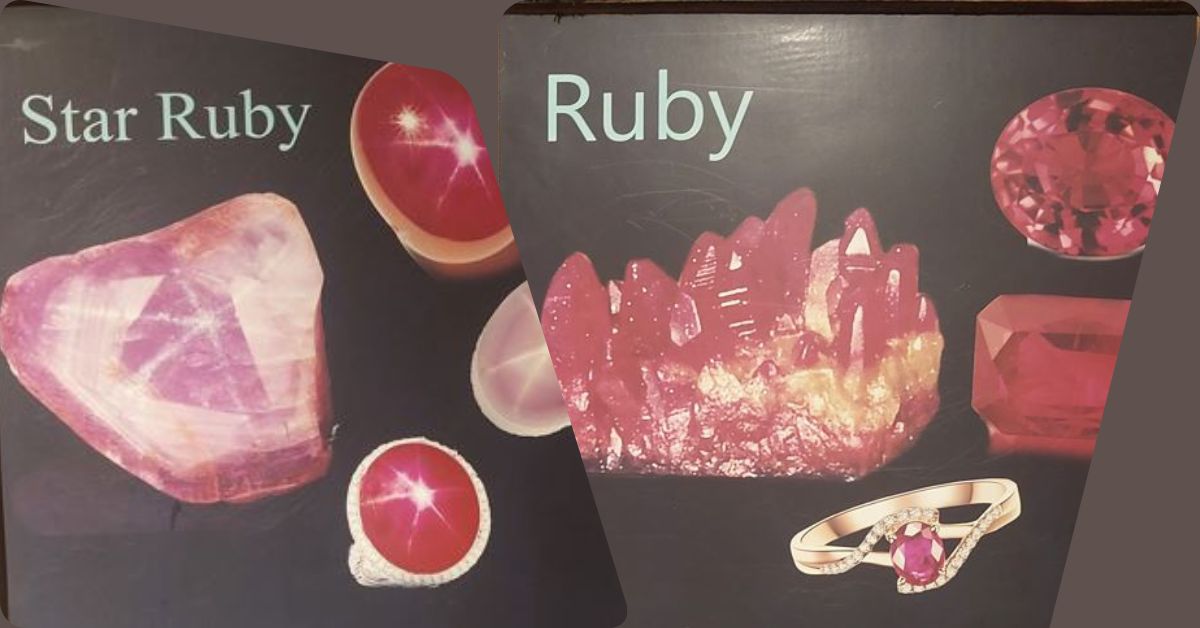
How many types of coffee beans are there?
The Four Types of Coffee Beans
In This Article
Coffee is a beloved beverage enjoyed by millions around the globe, and understanding the different types of coffee beans can greatly enhance your coffee experience. While many coffee drinkers might be familiar with the popular Arabica and Robusta beans, there are several other types of coffee beans that contribute to the rich diversity of flavors and aromas in the coffee world. This article will delve into the four main types of coffee beans, their unique characteristics, and how they influence the coffee production process.
1. Arabica (Coffea arabica)
Arabica coffee beans are the most popular type of coffee, accounting for about 60-70% of the world’s coffee supply. Grown at high altitudes, Arabica beans thrive in cooler climates, which contribute to their complex flavors and aromatic qualities. Coffee lovers often favor Arabica coffee for its mild taste and lower caffeine content compared to Robusta beans. The Arabica plant is also more susceptible to diseases and pests, making it a challenge for coffee farmers to maintain high-quality production. However, the effort is often rewarded, as Arabica beans are highly sought after for their smooth, rich flavor profile.
Flavor profile: Sweet and smooth
Caffeine level: Average
Our Top Picks
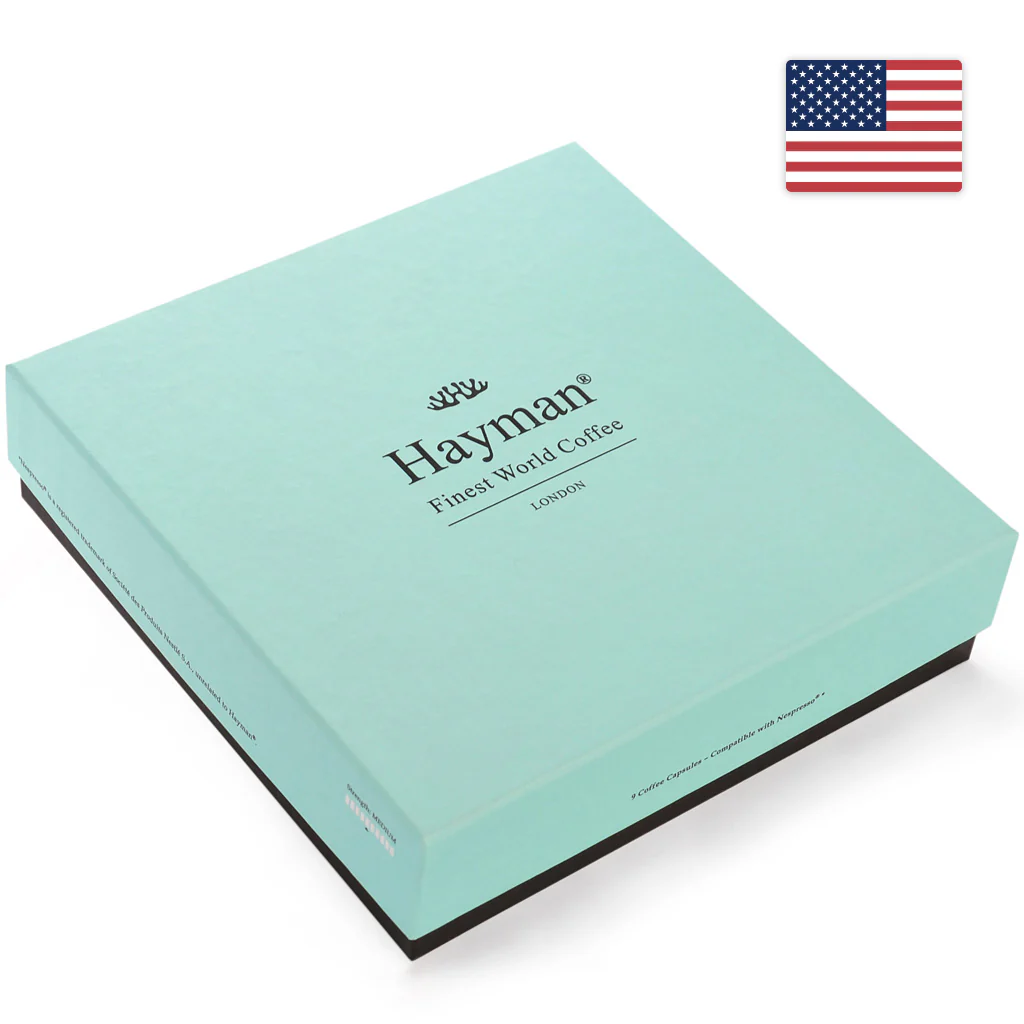
Hawaii Kona Coffee
One of the world's most sought-after specialty coffees is Kona coffee. It is grown in the Kona district of the Big Island of Hawaii on the slopes of the volcanoes Mauna Loa and Hualālai.
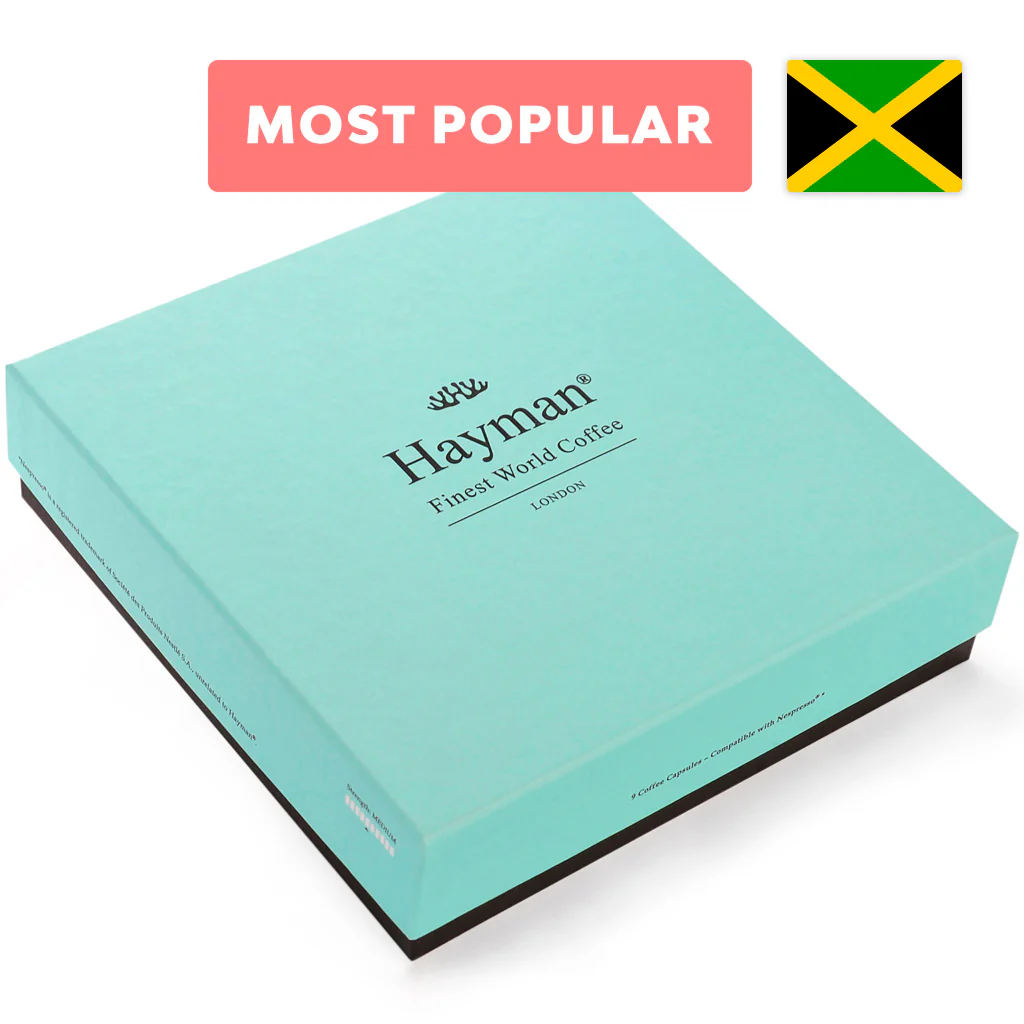
Jamaica Blue Mountain Coffee
Our outstanding Jamaican Blue Mountain coffee received high ratings by Coffee Detective and Coffee Review, the world's finest specialty coffee guides.
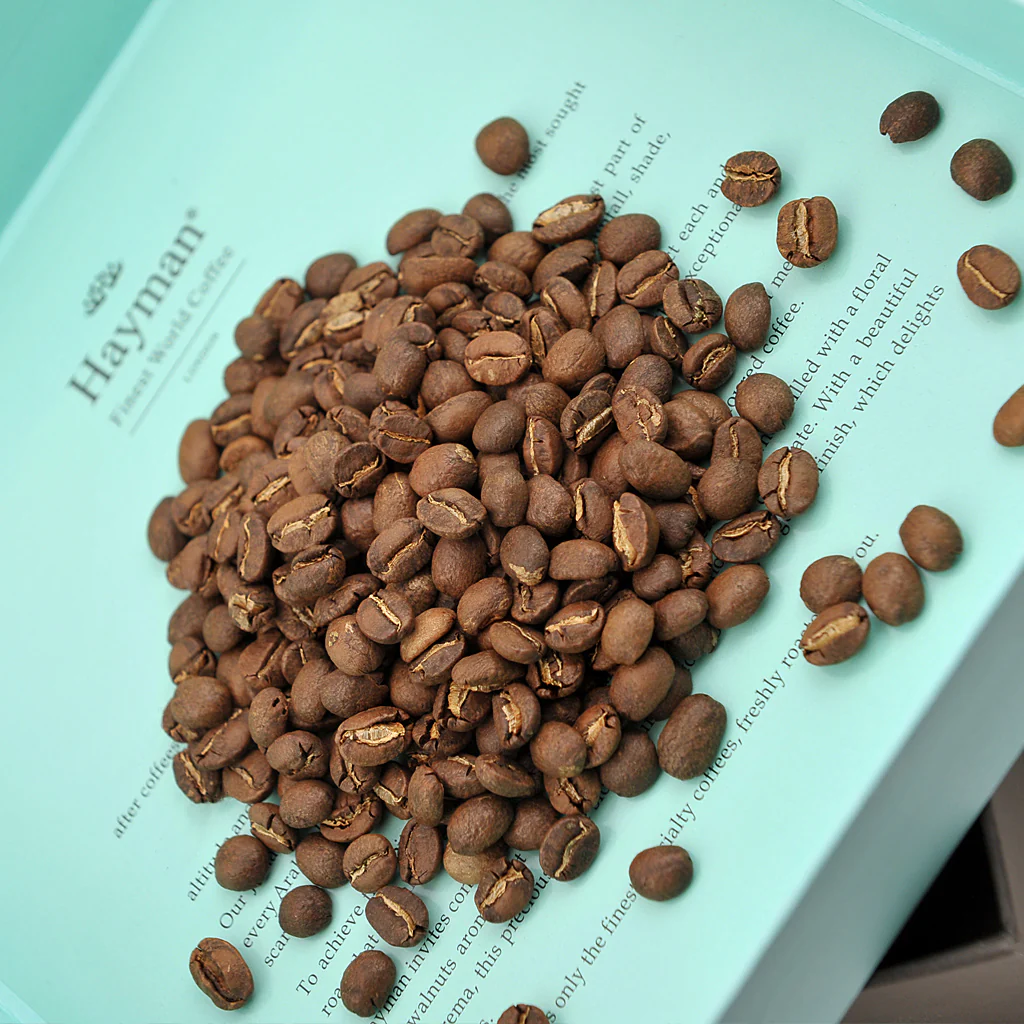
Panama Geisha Coffee
One of the most sought-after specialty coffees worldwide is Panama Geisha, sometimes known as Gesha coffee beans. These Panama Geisha coffee beans are farmed at high elevations in the Chiriquí province of Western Panama, which shares borders with the Pacific Ocean and Costa Rica.
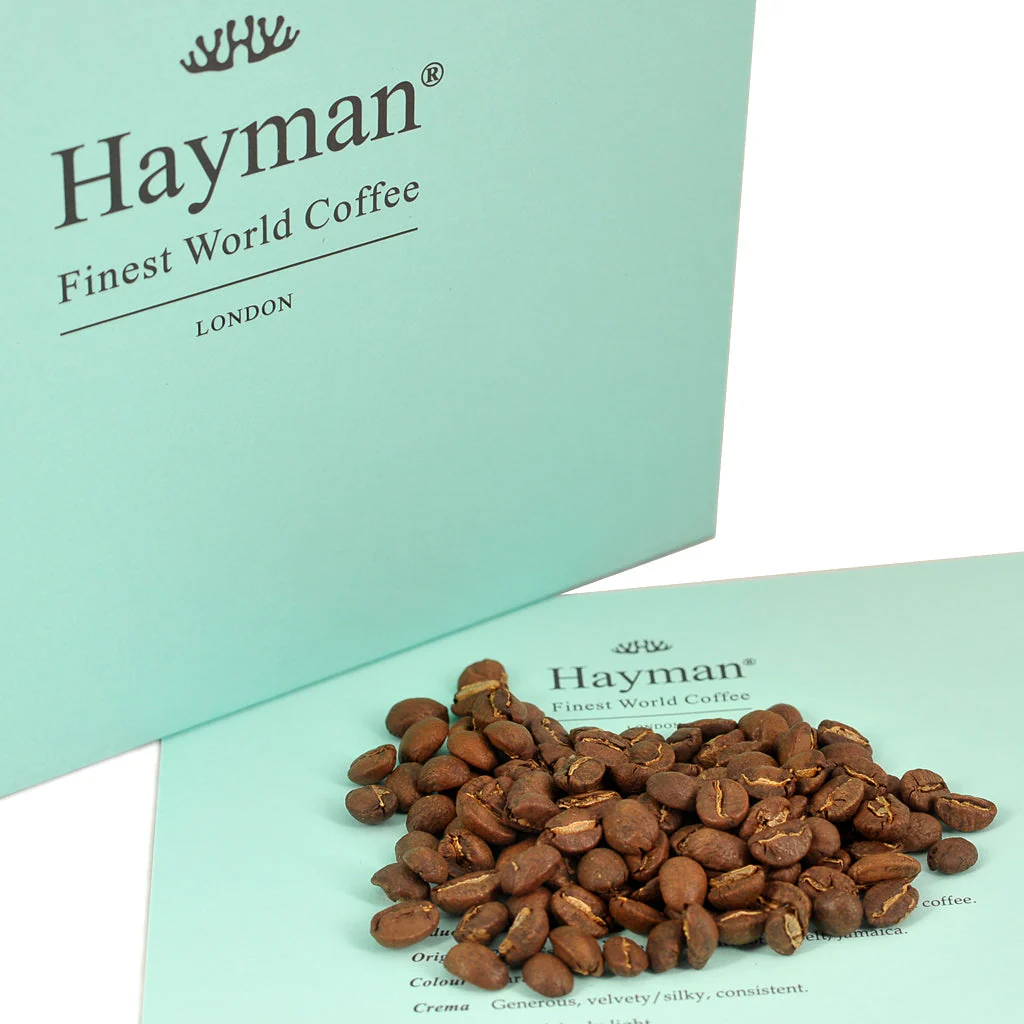
Costa Rica Geisha Coffee
Costa Rica was the first nation in Central America to create a coffee industry, and coffee growing dates back to the late 1700s.
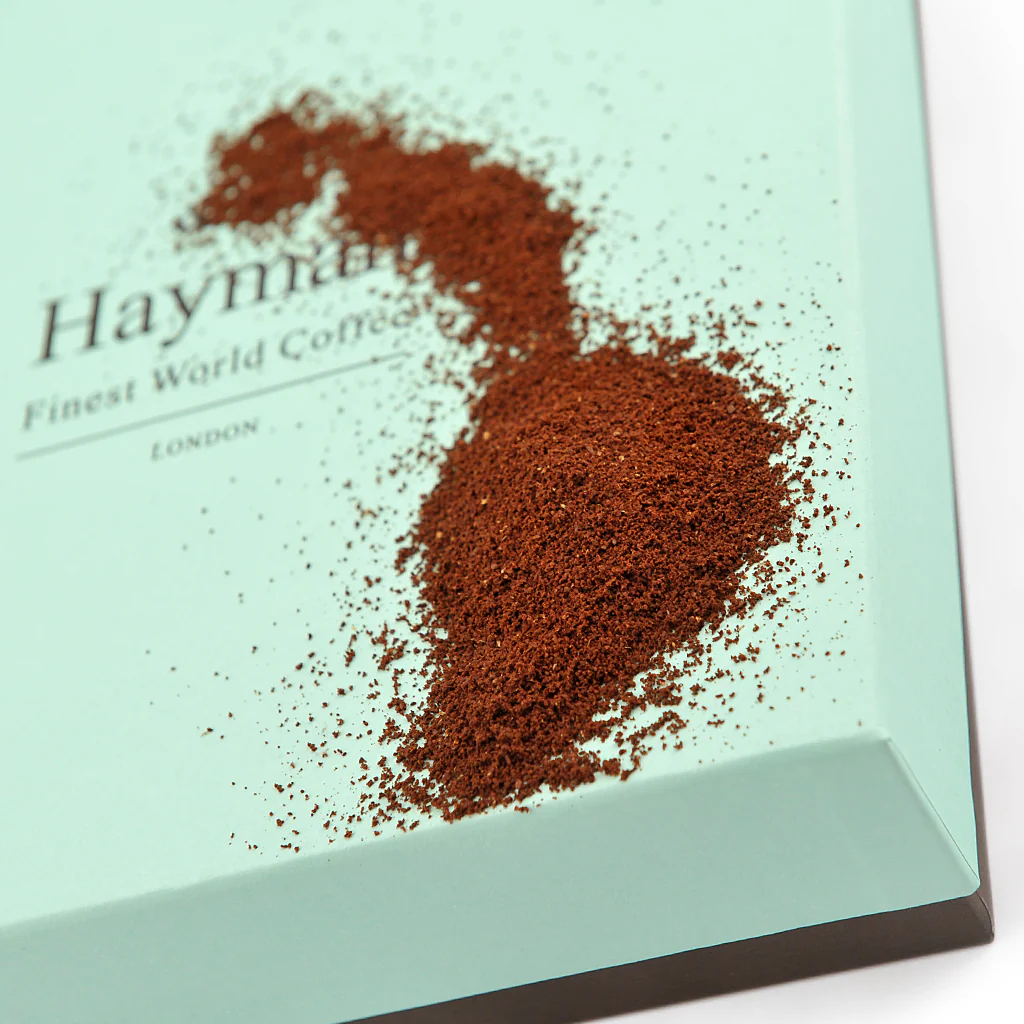
Brazil - Cup of Excellence® Winner Coffee
Sítio Matinha is one of the award-winning coffee lots from the 2021 Brazil Cup of Excellence® competition, where it earned an impressive 13th place with a high score of 88.13 out of 100.
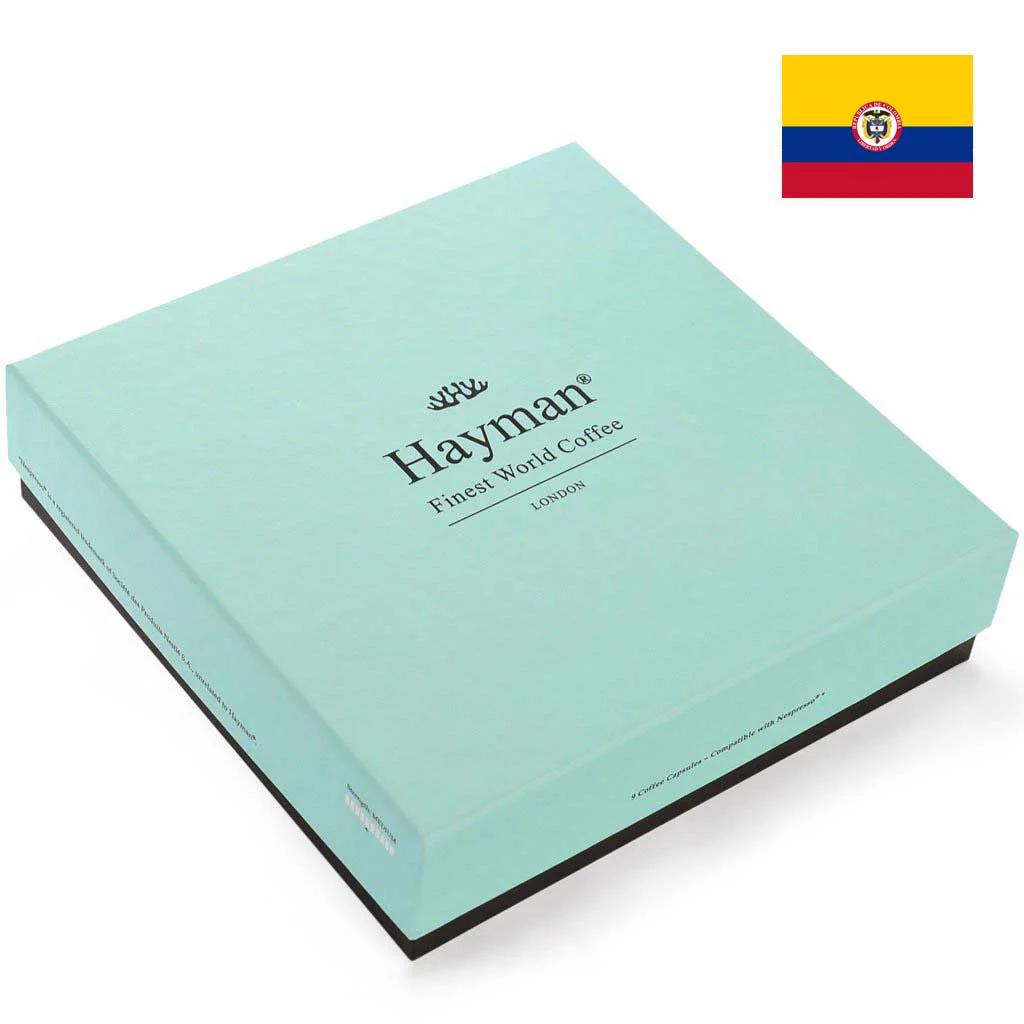
Colombia Manos Juntas Coffee
Manos Juntas is a micromill located in the Sotara area of Colombia's Cauca region. This unique selection was initially bought as whole cherries.
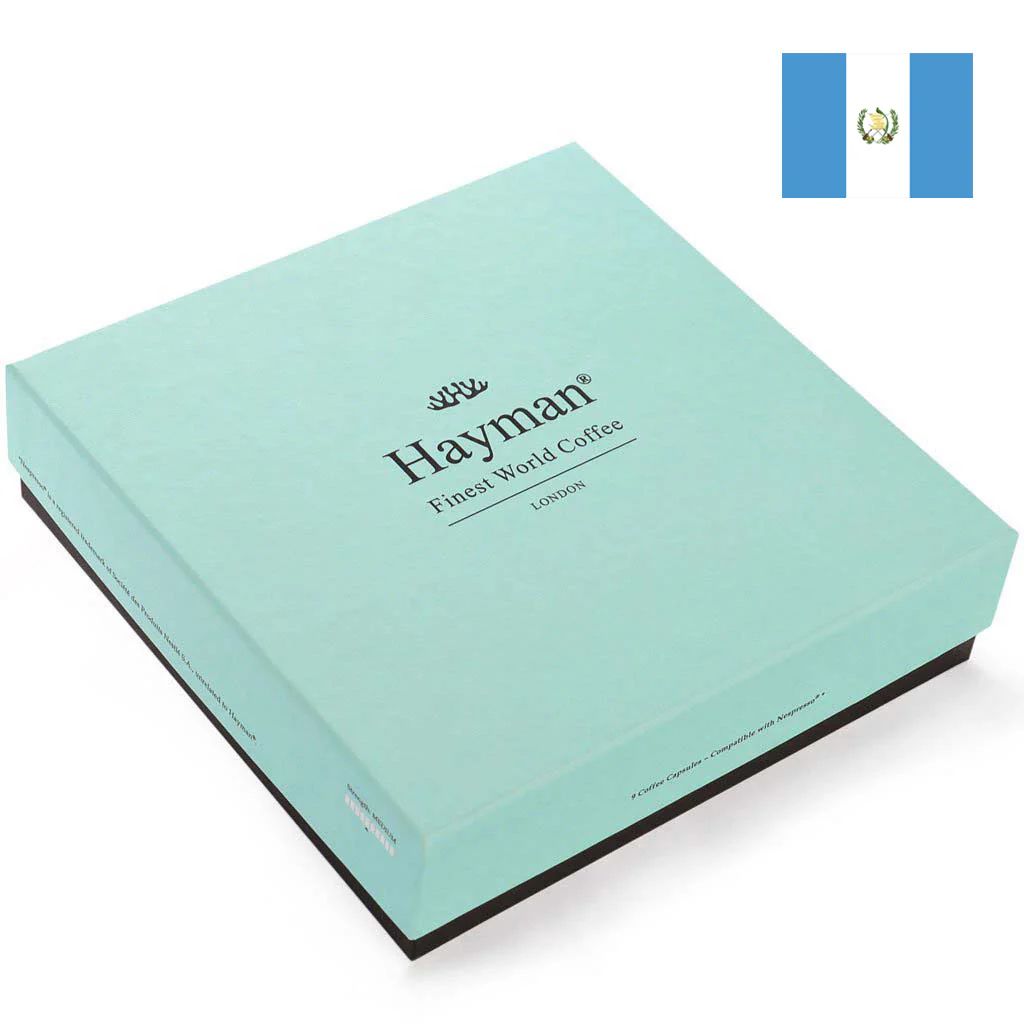
Guatemala Finca El Frutal Coffee
Efraín Castillo acquired El Frutal, a 10-manzana farm (equivalent to 1.7 acres or 0.7 hectares), in 2004. Situated in Huehuetenango, a renowned coffee-producing region in Guatemala, the farm benefits from the country's highest elevations.

Mexico Chiapas Mountain Water Organic Decaf Coffee
Hayman is thrilled to present our Chiapas Organic Decaf, an exceptional specialty coffee from Mexico. This organic coffee has been decaffeinated through the advanced Mountain Water Process.
2. Robusta (Coffea caniphora)
Robusta beans are the second most common type of coffee bean, known for their strong, bold flavor and higher caffeine content. These beans are typically grown at lower altitudes than Arabica beans and are more resilient to pests and diseases, making them easier to cultivate. Robusta coffee is often characterized by its earthy, nutty flavors and a somewhat bitter taste, which some coffee drinkers may find less appealing than Arabica. Nevertheless, Robusta beans are frequently used in espresso blends, as they provide a rich crema and enhance the body of the coffee drink.
Flavor profile: Strong and bitter
Caffeine level: High
3. Liberica (Coffea liberica)
Liberica coffee beans are less common than Arabica and Robusta but offer a unique taste experience that sets them apart. Grown primarily in West Africa and parts of Southeast Asia, Liberica beans are known for their distinct, fruity aroma and slightly woody flavor profile. The coffee plant itself has larger, irregularly shaped beans that contribute to its unique characteristics. Although Liberica coffee is not as widely consumed, it is cherished by certain coffee enthusiasts who appreciate its bold and unconventional flavors.
Flavor profile: Bold and smoky
Caffeine level: Low
4. Excelsa (Coffea excelsa or Coffea liberica var. dewevrei)
Excelsa coffee beans, often considered a variety of Liberica, are primarily grown in Southeast Asia and have gained popularity among coffee drinkers looking for unique flavor profiles. These beans are characterized by their distinct fruity and tart flavors, often likened to dark fruit or berries. Excelsa beans are often blended with other coffee types to enhance complexity and add a unique twist to coffee drinks. Their unique taste makes them a favorite among coffee lovers who enjoy exploring different flavor combinations.
Flavor profile: Tart and fruity
Caffeine level: Low
Types of coffee drinks
If coffee literally wakes you up in the morning, you’ll want to pay attention because your new favorite beverage may be in the making below. We discuss the 25 most popular coffee drinks, from macchiatos to espresso, and offer tips on how to achieve the ideal cup-to-coffee ratio for home brewing.
Why Buying Coffee Beans Can Seem Complicated?
The world of coffee beans can be quite intricate, with many different types of coffee beans available to choose from. Factors such as bean type, origin, and roast level can significantly affect the flavor and quality of the coffee you brew. Coffee enthusiasts may find themselves overwhelmed by the sheer variety of choices when selecting coffee beans for their next cup. Understanding the nuances of each type of coffee bean can simplify the process as consumers become more aware of their preferences and the impact that different beans can have on their coffee experience.
How Important Are Types of Coffee Roasts and Origin?
The types of coffee roasts and the origin of the beans play a crucial role in determining the flavor and aroma of the final cup of coffee. Each roast level, from light to dark, brings out different qualities in the beans, affecting the overall taste experience. Light roasts tend to retain more of the original flavors of the coffee bean, while dark roasts exhibit deeper, bolder characteristics due to the roasting process. Understanding these differences is essential for coffee lovers looking to find their preferred taste.
Additionally, the origin of the coffee beans is equally significant, as different regions produce beans with distinct flavor profiles. For instance, coffee beans grown in Central America often have bright acidity and fruity notes, while beans from Indonesia are known for their earthy, full-bodied flavors. By exploring the relationship between roast levels and bean origins, coffee enthusiasts can better appreciate the complexity of their favorite coffee drinks and experiment with different combinations to find their ideal brew.
Types of coffee roasts
There are four primary types of coffee roasts:
- light roast,
- medium roast,
- medium-dark roast, and
- dark roast.
Light roast coffee is known for its bright acidity and pronounced flavors, often highlighting the unique characteristics of the coffee bean type. Medium roast coffee strikes a balance between acidity and body, providing a well-rounded flavor profile. Medium-dark roast coffee introduces deeper flavors, while dark roast coffee offers bold, robust tastes with a smoky finish. Each roast level appeals to different preferences, allowing coffee drinkers to explore various profiles.
Choosing the right roast is crucial for coffee enthusiasts, as it influences the final taste of the drink. A light roast will allow the natural flavors of the Arabica bean to shine, while a dark roast may mask those subtleties, bringing out the bitterness of the Robusta bean instead. By experimenting with different roast levels, coffee lovers can develop a better understanding of their taste preferences and discover new favorites within the diverse world of coffee.
Light roast
Light roast coffee beans are roasted for a shorter duration, preserving their natural flavors and acidity. This roast level typically results in a bright, lively cup of coffee with pronounced fruity and floral notes. Coffee lovers who enjoy tasting the distinct characteristics of the bean type often gravitate toward light roasts. Additionally, light roasts contain higher levels of caffeine compared to darker roasts, making them a popular choice for those seeking a more energetic brew.
Because light roast coffee emphasizes the unique qualities of the beans, it’s essential for coffee drinkers to consider the origin of the beans they choose. For instance, Ethiopian light roasts may feature vibrant berry notes, while Central American light roasts can showcase citrusy flavors. Exploring various light roast options allows coffee enthusiasts to appreciate the complexity and diversity of flavors that different coffee bean types offer, thereby enhancing their overall coffee experience.
Medium roast
Medium roast coffee strikes a balance between the bright acidity of light roasts and the bold flavors of dark roasts. This roast level typically features a well-rounded flavor profile, allowing drinkers to enjoy the subtle nuances of the coffee bean type without overwhelming bitterness. Coffee lovers often appreciate medium roasts for their smoothness and versatility, making them suitable for various coffee drinks, including lattes and iced coffee.
Medium roasts can be achieved with both Arabica and Robusta beans, resulting in diverse flavor profiles. For example, a medium roast Arabica may exhibit chocolatey undertones, while a medium roast Robusta may highlight its earthy characteristics. This versatility makes medium roast coffee a popular choice at coffee shops, where it appeals to a wide range of coffee drinkers, from casual sippers to dedicated enthusiasts seeking quality coffee in their daily brews.
Medium-dark roast
Medium-dark roast coffee is characterized by its rich, full-bodied flavor and a slightly oily surface. This roast level brings out deeper, more complex flavors while still preserving some of the original characteristics of the coffee bean type. Many coffee drinkers enjoy medium-dark roasts for their smoothness and rich aromas, which often feature hints of caramel, chocolate, or nutty notes. This roast level is ideal for those who appreciate a more intense coffee experience without the bitter edge of dark roasts.
Medium-dark roast coffee beans can be derived from various origins, each contributing its unique flavor profile to the final brew. For instance, a medium-dark roast from South America may showcase velvety chocolate notes, while beans from Africa might present hints of spice or fruit. By experimenting with different medium-dark roast options, coffee lovers can discover a wide range of flavors and aromas that cater to their personal preferences, enhancing their overall appreciation for coffee.
Dark roast
Dark roast coffee is known for its bold, robust flavors and heavy body, often accompanied by a smoky or bitter finish. This roast level is achieved by roasting the beans for an extended period, which tends to mask the original flavors of the coffee bean type. While some coffee drinkers enjoy the intense, rich taste of dark roasts, others may find them overwhelming. Despite this, dark roasts are a popular choice for espresso, as they provide a strong base for various coffee drinks.
Dark roast coffee can be crafted from both Arabica and Robusta beans, each offering distinct flavor profiles. Arabica dark roasts may exhibit chocolatey or caramel notes, while Robusta dark roasts tend to emphasize their earthy, bold characteristics. By understanding the differences between dark roast beans, coffee enthusiasts can better select the right options for their taste preferences and experiment with different coffee drinks, ultimately enhancing their coffee experience.
Origin
The origin of coffee beans is a critical factor in determining the flavor, aroma, and overall quality of the final product. Coffee plants are cultivated in various regions around the world, each contributing unique characteristics to the beans. For instance, beans grown in Central America are often known for their bright acidity and fruity flavors, while beans from Brazil may showcase chocolatey and nutty notes. Understanding the significance of origin can help coffee lovers make informed choices when selecting their beans.
Moreover, the terroir, or the environmental conditions in which the coffee is grown, plays a key role in shaping the flavor profile of the beans. Factors such as altitude, climate, and soil composition can significantly impact the characteristics of the coffee. By exploring the diverse origins of coffee beans, coffee enthusiasts can uncover a plethora of flavors and aromas, enhancing their appreciation for the intricate world of coffee production and the different types of coffee available.
Types of coffee makers
The method of brewing coffee can greatly influence the final taste of your cup of coffee. There are many types of coffee makers available, each with its own unique brewing technique and flavor extraction capabilities. Some popular coffee makers include single-serve machines, pour-over systems, French presses, cold brew makers, drip coffee makers, percolators, moka pots, and AeroPress devices. Each of these coffee makers allows coffee lovers to experiment with different brewing styles, showcasing the unique characteristics of various coffee bean types.
For instance, single-serve machines offer convenience and simplicity, allowing coffee drinkers to enjoy a quick cup without the need for extensive preparation. In contrast, pour-over methods allow for precise control over the brewing process, enabling enthusiasts to extract the full potential of their chosen coffee beans. By understanding the various types of coffee makers, coffee lovers can select the best tools to highlight the flavors and aromas of their favorite coffee bean types, ultimately enhancing their coffee experience.
Single-serve
Single-serve coffee makers have gained immense popularity due to their convenience and ease of use. These machines allow coffee drinkers to brew a single cup of coffee quickly, making them ideal for busy mornings or those who prefer a quick caffeine fix. Single-serve machines often utilize pre-packaged coffee pods, which come in a variety of flavors and blends, catering to diverse taste preferences. However, this method may limit the exploration of different types of coffee beans, as many pods contain blends rather than single-origin options.
Despite their convenience, some coffee lovers argue that single-serve machines compromise the quality of the coffee. The brewing process in these machines often does not allow for the same level of flavor extraction as more traditional methods. However, advancements in single-serve technology have led to improvements in the taste and quality of the brewed coffee. For those who prioritize convenience and enjoy exploring different flavors, single-serve machines can be a practical choice in the world of coffee.
Pour-over
Pour-over coffee makers have gained a dedicated following among coffee enthusiasts who appreciate the art of manual brewing. This method involves pouring hot water over ground coffee, allowing for precise control over the brewing time and extraction process. As a result, pour-over brewing often highlights the unique flavors of the coffee bean type, enabling drinkers to fully appreciate the complexities of various origins and roast levels. This technique is particularly favored by those who enjoy experimenting with different types of coffee beans to create a personalized cup of coffee.
Moreover, pour-over coffee makers come in various styles, including cone-shaped drippers and flat-bottom designs, each offering different brewing experiences. The pour-over method allows coffee lovers to explore a wide range of flavors and aromas, as various factors such as water temperature, grind size, and pouring technique can significantly impact the final brew. As coffee enthusiasts become more discerning in their tastes, pour-over coffee makers have become a popular choice for those seeking quality coffee in their daily rituals.
French press
The French press is a classic coffee brewing method that has stood the test of time, beloved for its simplicity and ability to extract rich flavors from coffee beans. This method involves steeping coarsely ground coffee in hot water for several minutes before pressing down a metal or nylon mesh plunger to separate the grounds. The result is a full-bodied cup of coffee that retains the natural oils and flavors of the beans, making it a favorite among coffee lovers who appreciate the depth and richness of their brew. With its versatility, the French press is suitable for various types of coffee beans, from smooth Arabica to bold Robusta.
Additionally, the French press allows for customization in brewing strength and flavor extraction, as drinkers can adjust the coffee-to-water ratio to suit their preferences. This method can also highlight the unique characteristics of different coffee bean origins, as coffee drinkers can experiment with various beans to discover their personal favorites. The French press remains a popular choice among coffee enthusiasts who value the hands-on brewing experience and the opportunity to savor a quality cup of coffee.
Cold brew
Cold-brew coffee has surged in popularity in recent years, offering a refreshing alternative to traditional hot coffee. This brewing method involves steeping coarsely ground coffee beans in cold water for an extended period, typically 12 to 24 hours. The result is a smooth, less acidic cup of coffee that is often served over ice or used as a base for various coffee drinks. Cold brew is particularly well-suited for robust coffee bean types, such as Robusta and Excelsa, as their strong flavors can shine through in the final brew.
Moreover, the cold brew process allows for a unique flavor extraction that differs from traditional hot brewing methods. The extended steeping time results in a naturally sweet and mellow coffee, making it an appealing choice for those who prefer a less bitter taste. As the demand for cold brew continues to grow, many coffee shops are developing their own signature blends, often featuring different types of coffee beans to create exciting flavor combinations. For coffee lovers seeking a refreshing and flavorful experience, cold brew represents a delightful option in the world of coffee.
Drip
Drip coffee makers are a staple in many households and coffee shops, known for their convenience and ability to brew multiple cups at once.
Moka
Moka coffee pots are shaped and brewed similarly to percolators. Unlike a French press, which soaks the coffee grounds in water, this coffee maker lets the water flow through the coffee grinds. To enable the pressure to rise and bring your coffee beans to a boil, fill your Moka pot with water and set it on a hot surface, such as a stovetop.
AeroPress
The French press is closely similar to the AeroPress, a manual coffee maker. Although this coffee machine only makes one serving, its small size makes it ideal for campers and backpackers. To use the AeroPress, simply mix coffee grounds with warm water; the machine will filter and dilute the coffee.
You’re prepared to taste test and discover your ideal mix now that you have a better understanding of coffee bean varieties, coffee beverages, and brewing methods.
To brew the greatest cup, buy a nice machine and stock up on all your favorite coffee grinds. Use Instacart to easily order your coffee, milk, and sugar online and have them delivered right to your home to streamline your morning routine. Click here to shop at your favorite coffee shops right now!
Frequently Asked Questions
Is baby body wash recommended for newborn babies?
Is baby body wash recommended for newborn babies?
Is baby body wash recommended for newborn babies?
Pros
- Gentle on the skin of babies and children
- Gentle on the skin of babies and children
- Gentle on the skin of babies and children
- Gentle on the skin of babies and children
- Gentle on the skin of babies and children
Cons
- Gentle on the skin of babies and children
- Gentle on the skin of babies and children
- Gentle on the skin of babies and children
Top Picks

Dermaplaning Refills
Replacement dermaplaning blades for your StackedSkincare dermaplaning tool, packaged in three surgical steel pieces.

Precision Dermaplaning Refills
The compact form of the precision blade, which is smaller than our regular dermaplaning blades, makes it simple to exfoliate hard-to-reach regions like the upper lip, nose, and eyebrows.
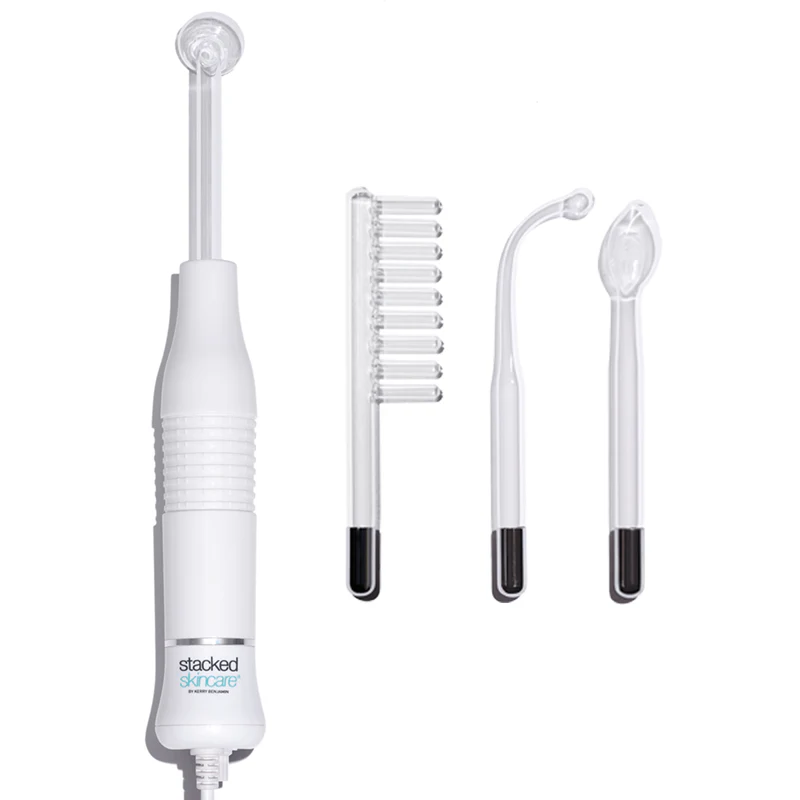
High Frequency Acne Device
The 500W White Alessi Plissé Hand Blender is ready for you at the competitive price of 147.95 GBP with Karaca's guarantee.

TCA Body Peel
Treat your body to a facial to achieve noticeably smoother, more bump-free skin. With a potent yet mild combination of natural exfoliating acids, our rinse-free TCA body peel eliminates dark spots, keratosis pilaris, body acne, and dryness while clarifying and dissolving dead skin.
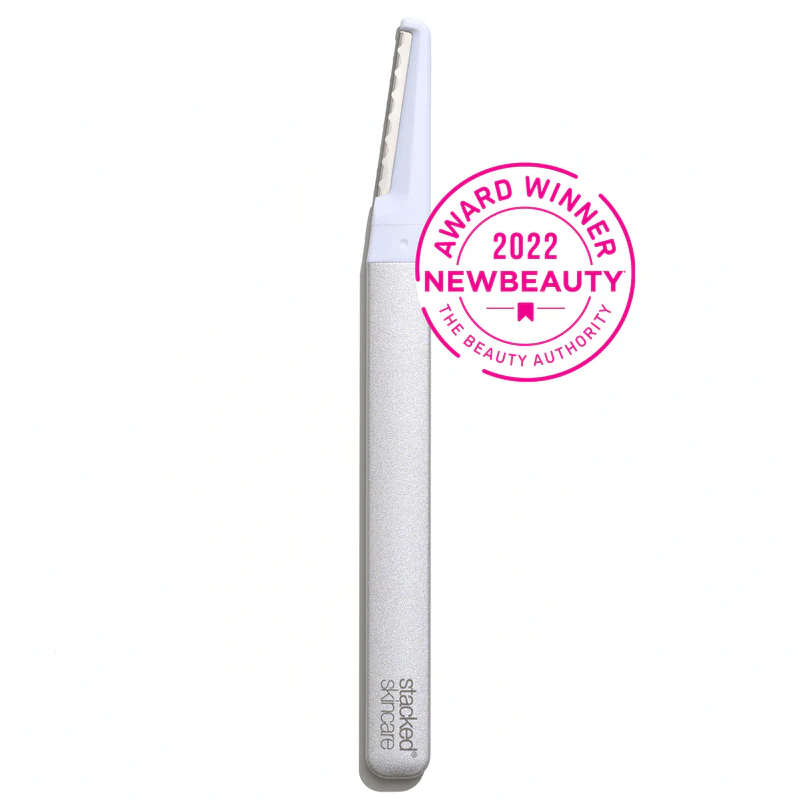
Dermaplaning Tool
In only one stroke, reveal skin that is smoother. With the use of a single-edge blade, our aesthetician-designed at-home dermaplaning tool gently removes layers of dead skin and peach fuzz to reveal a more radiant complexion.
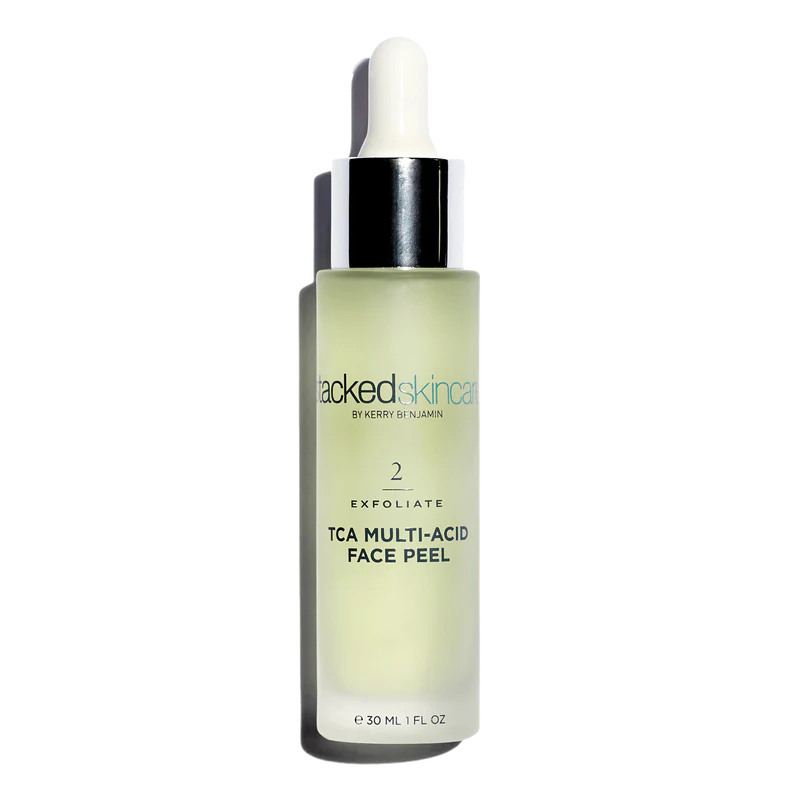
TCA Face Peel
An intense peel that leaves skin bright and shining. Our mild TCA face peel is safe enough for even sensitive skin types, and it effectively treats acne, aging, hyperpigmentation, and dry skin by blending a variety of acids.

HA Hydrating Serum
Hyaluronic acid, which has the ability to retain about 1,000 times its own weight in water, is a revolutionary component for improved hydration.
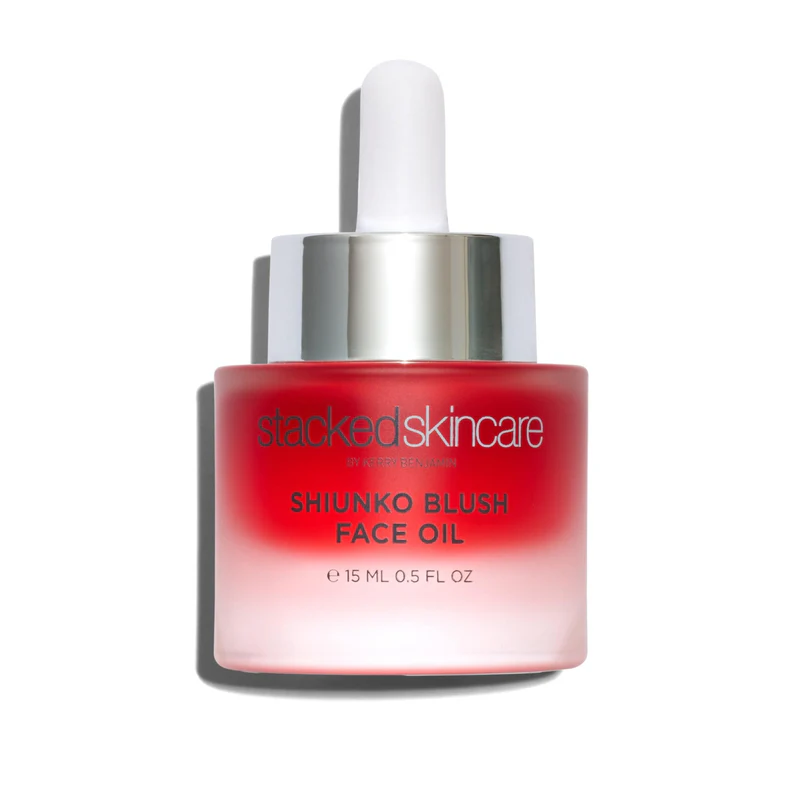
Shiunko Face Oil
Fermented plant ingredients and essential fatty acids are combined in this potent Shiunko blush face oil to provide skin barrier restoration, visible tightening, and moisture retention.
